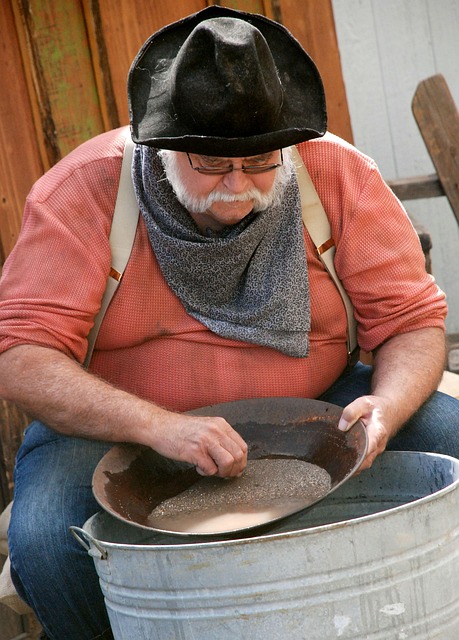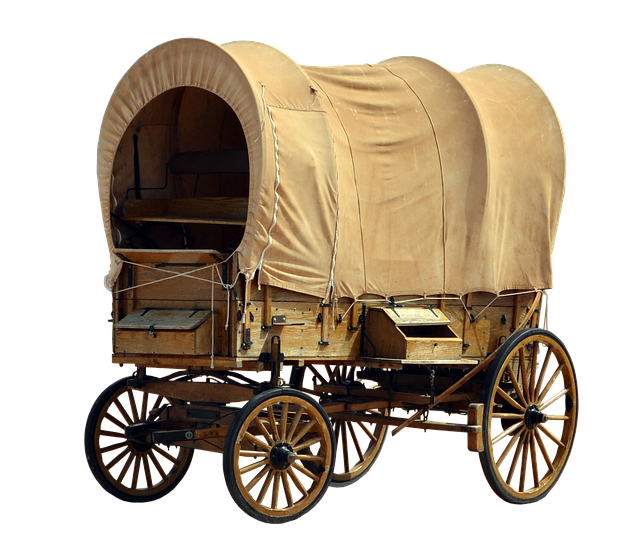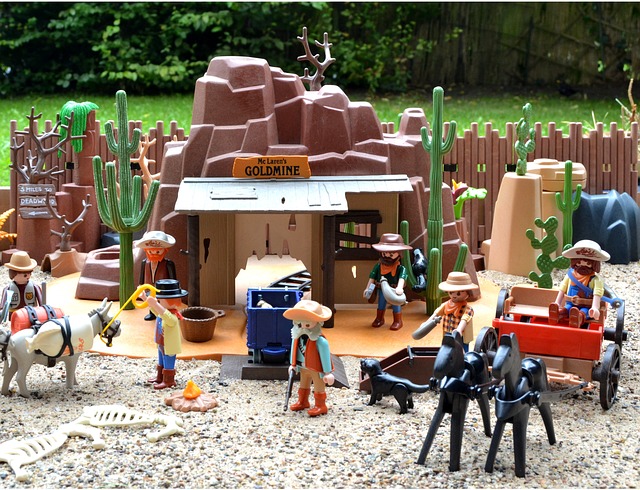In the mid-19th century, gold discoveries in Lane County, Oregon, ignited a gold rush that led to the rapid growth of numerous thriving boomtowns. These temporary but vibrant settlements sprang up along rivers and streams, attracting miners, merchants, and settlers from diverse backgrounds. The county's landscape and economy were transformed as these boomtowns became bustling hubs of commerce, fostering economic growth and community spirit. Today, Lane County's legacy of boomtowns continues to fascinate visitors, showcasing the indelible mark this historic period left on the region's identity.
“Unveil the captivating story of Lane County, Oregon’s gold rush era, where a single discovery ignited a chain reaction of commerce and cultural shift. From the arrival of gold in the late 1800s to the subsequent rise of bustling boomtowns like Eugene, Springfield, and Corvallis, this period left an indelible mark on the region. The article delves into the rapid economic diversification, from logging and agriculture to thriving trade networks, while exploring the challenges faced by locals, including supply chain disruptions and competition from neighboring regions. Uncover how Lane County’s gold rush legacy continues to shape its business landscape even today.”
- The Arrival of Gold: Unleashing the Lane County Boom
- – Exploring the gold discovery in Lane County
- – Initial reactions and migration patterns
- Boomtowns Spring Up: A Flourishing Commerce Scene
The Arrival of Gold: Unleashing the Lane County Boom

The discovery of gold in Lane County, Oregon, in the mid-19th century sparked a frenzy that transformed the region’s landscape and economy. News of the precious metal’s abundance attracted adventurers, prospectors, and dreamers from far and wide, all drawn to the promise of wealth and fortune. This influx of people set off a chain reaction, giving birth to a series of booming towns across the county. The once-quiet rural areas were suddenly alive with activity as miners, merchants, and settlers arrived, each hoping to capitalize on the gold rush.
The Lane County boomtowns became vibrant hubs of commerce and industry. Mining camps sprang up in places like Eugene, Springfield, and Corvallis, with hardworking individuals panning for gold, digging deep into the earth, and seeking their fortunes. As word spread, even more people joined the migration, further fueling the economic growth and creating a diverse community eager to take advantage of the region’s newfound wealth.
– Exploring the gold discovery in Lane County

In the mid-19th century, a significant gold rush erupted in Lane County, Oregon, igniting a surge of excitement and transforming its landscape. The discovery of rich gold deposits in various locations across the county sparked a rapid influx of prospectors, entrepreneurs, and adventurers, all seeking their fortune. This period marked a pivotal era for the region, leading to the establishment of numerous boomtowns that flourished with commerce.
The gold rush brought about a vibrant and dynamic environment as new settlements sprang up near mining sites. These boomtowns became hubs of economic activity, attracting diverse individuals from all walks of life. Merchants set up shops to cater to the needs of miners and settlers alike, offering supplies, equipment, and services. The county’s commerce thrived with the exchange of goods, creating a bustling atmosphere that characterized these boomtowns during the peak of the gold rush era.
– Initial reactions and migration patterns

When news of gold discoveries in Lane County, Oregon, spread in the mid-19th century, it ignited a frenzy among prospectors and settlers alike. The initial reaction was a mass migration towards the promising lands, leading to the rapid growth of several boomtowns throughout the county. These towns sprang up along rivers and streams where gold was abundant, attracting diverse individuals from all walks of life seeking their fortune. Migrants came from far and wide, flocking to places like Eugene, Springfield, and even smaller, more remote locations, each hoping to be part of the lucrative gold rush era commerce.
The migration patterns were diverse, with some arriving by land via wagon trains and others by sea, settling in areas that offered both access to gold fields and a sense of community. The boomtowns became hubs of activity, bustling with miners, merchants, and entrepreneurs who recognized the potential for thriving businesses supporting the gold rush industry. This era shaped Lane County’s history, leaving behind a rich cultural legacy that still resonates today.
Boomtowns Spring Up: A Flourishing Commerce Scene

In the heart of Oregon’s picturesque landscape, Lane County experienced a transformative era during the gold rush, giving rise to bustling communities known as boomtowns. These temporary yet vibrant settlements became centers of commerce and social interaction, drawing in a diverse array of individuals seeking their fortunes. The county’s rich mineral deposits attracted miners from near and far, leading to an influx of people who established businesses to support this burgeoning population.
The commerce scene in these Lane County boomtowns was characterized by a lively mix of general stores, saloons, hotels, and various services catering to the miners’ needs. The demand for goods and services was high, fueling economic growth and creating opportunities for local entrepreneurs. From blacksmiths crafting tools to merchants stocking supplies, each establishment played a vital role in sustaining this vibrant, if short-lived, chapter in the county’s history.
